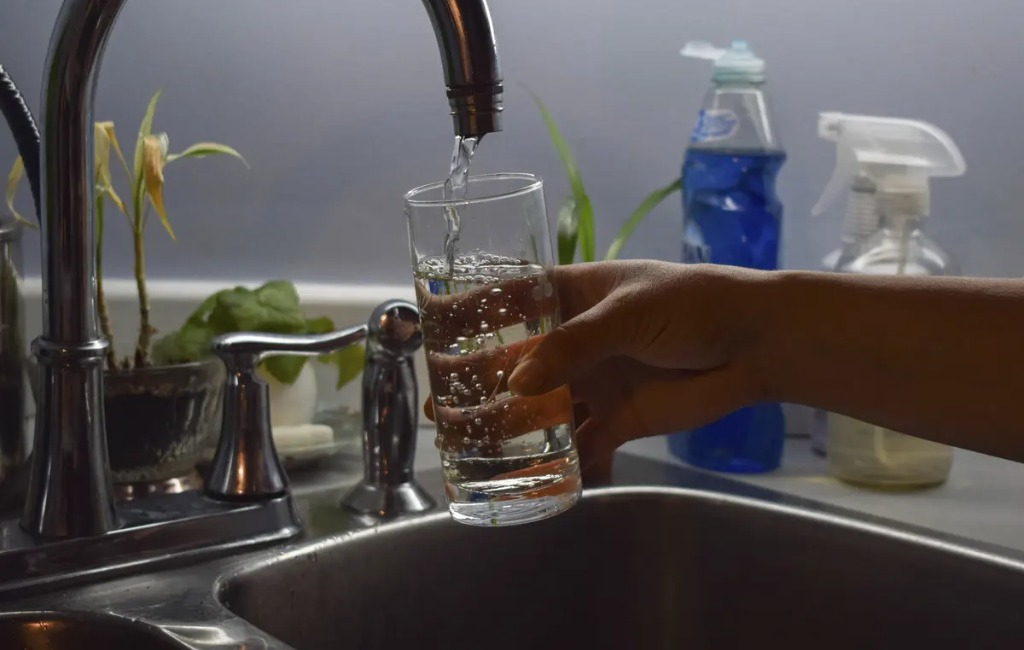Naegleria Takes 2 More lives In Karachi
By Hira Waheed
29 May 2023
In a tragic development, two individuals in Karachi have lost their lives due to the deadly brain-eating amoeba known as Naegleria. The incident highlights the urgent need for increased measures to combat this harmful organism. The Sindh Health Department has reported the deaths, raising concerns about the spread of the amoeba during the hot summer season. This article delves into the recent cases, the mode of transmission, and the crucial steps authorities and individuals can take to prevent further outbreaks.

First Victim: Woman's Tragic Fate After Wudu
One of the victims was a woman residing in Qayyumabad. The health department spokesperson revealed that her condition deteriorated after performing wudu (ritual ablution) at a private hospital in Gulshan, Karachi. Subsequently, she was rushed to Jinnah Hospital, where doctors confirmed the presence of Naegleria. Despite medical intervention, the woman tragically succumbed to the infection.
Second Victim: A 45-Year-Old Man Loses Battle Against the Amoeba
In another distressing incident, a 45-year-old man from Surjani Town became the second victim of the deadly Naegleria virus. His life was claimed by the amoeba on May 26, further intensifying concerns surrounding the outbreak. These cases emphasize the pressing need for swift action to combat the spread of this dangerous organism.
Naegleria and Poor Chlorination: A Lethal Combination
The Naegleria amoeba thrives in warm water, making the hot summer months a prime breeding ground for its growth. Insufficient chlorination in many areas of Karachi exacerbates the problem, as the germ finds little resistance to its spread. Chlorination is a vital method to eliminate the amoeba and prevent the associated life-threatening disease. Urgent attention and investment are required to ensure effective water treatment across the city.
To combat the spread of Naegleria, it is crucial for both authorities and individuals to take proactive steps. The following preventive measures can significantly reduce the risk of infection:
- Adequate Chlorination: Authorities should prioritize effective chlorination of water sources to eliminate the amoeba and ensure safe water supply throughout the city.
- Boiled Water for Nasal Cleaning: As the Naegleria amoeba enters the body through the nasal cavity, individuals are advised to use boiled water for nasal cleaning. This simple practice can serve as an additional protective barrier against infection.
- Public Awareness Campaigns: Authorities should launch extensive public awareness campaigns to educate residents about the risks associated with Naegleria and promote preventive measures. These campaigns can include information dissemination through various media channels, public service announcements, and community engagement programs.
- Water Quality Monitoring: Regular monitoring of water quality in residential and public spaces is crucial. It enables early detection of any potential contamination and ensures prompt remedial measures.
- Improved Healthcare Infrastructure: Enhancing the healthcare infrastructure, particularly in areas where Naegleria outbreaks have been reported, is essential. Timely diagnosis, appropriate treatment, and access to specialized medical facilities can significantly improve the chances of survival for those affected by the amoeba.
You Might Also Want To Read This
Popular Posts







